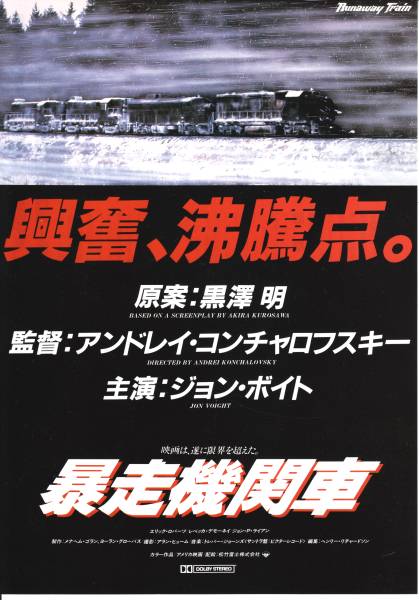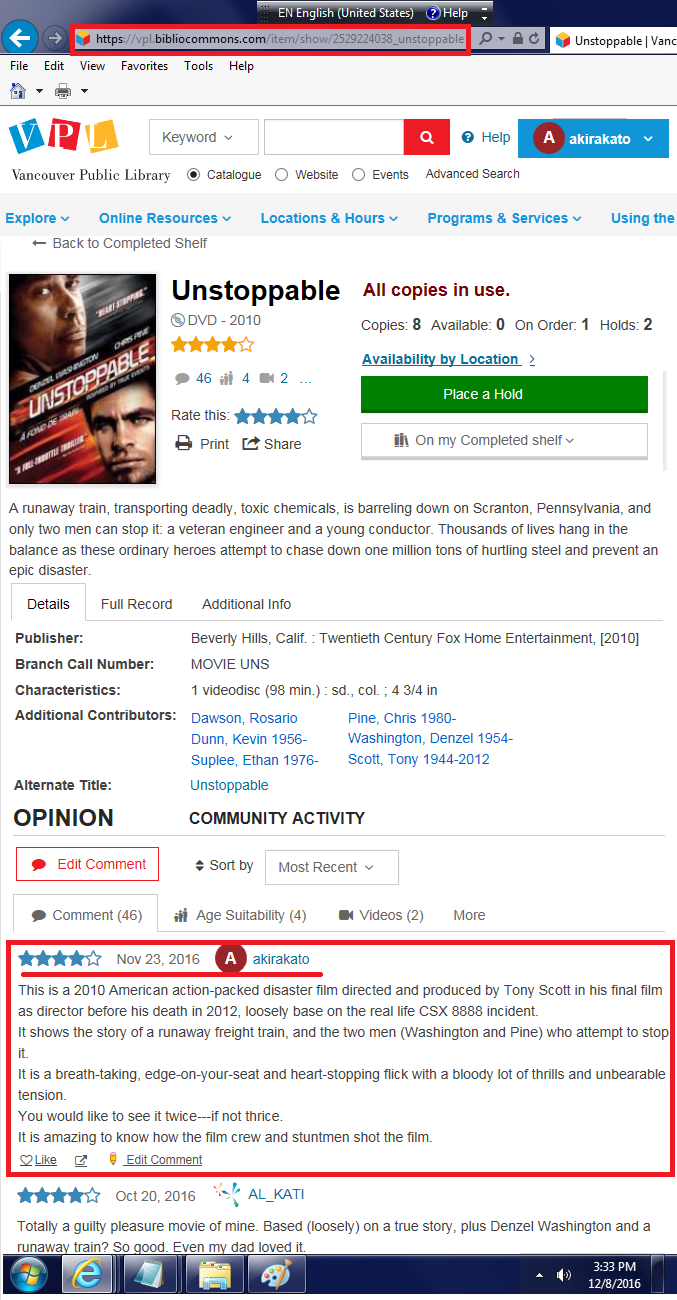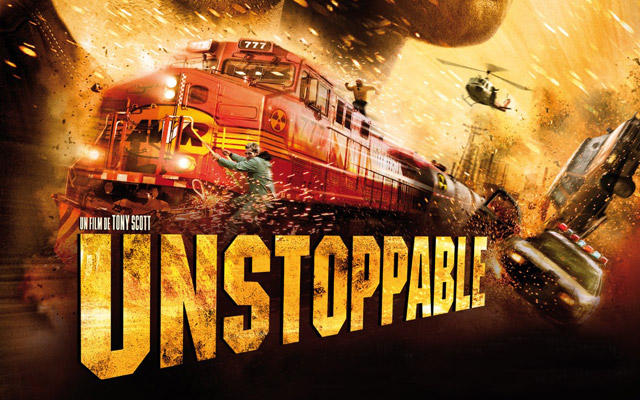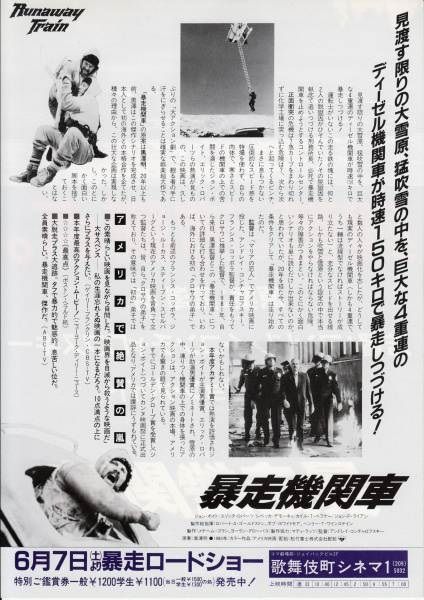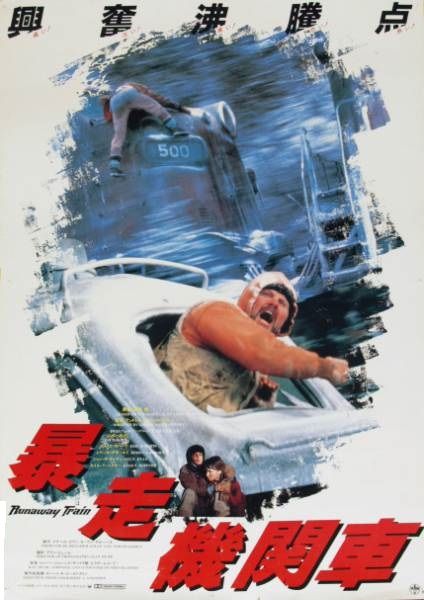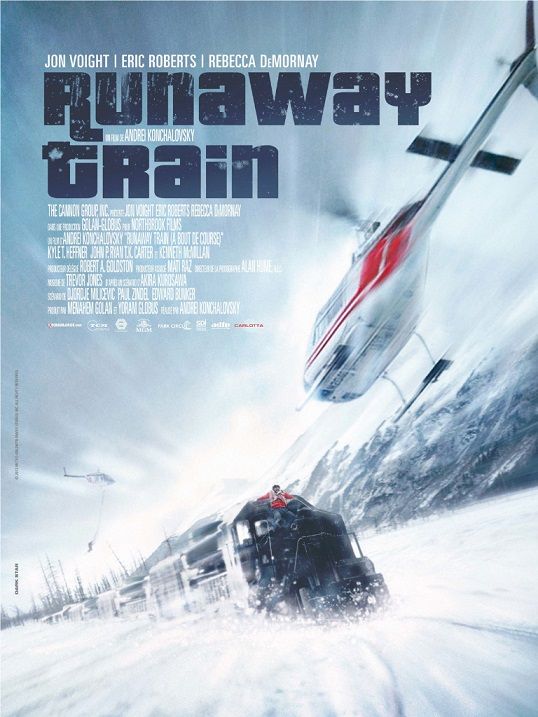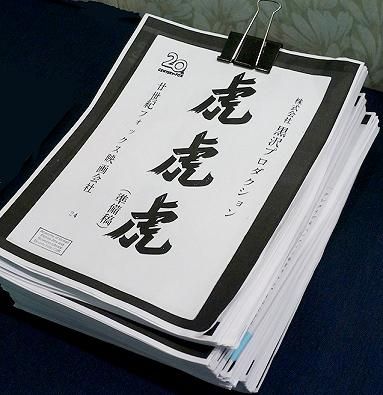Eight the Dog
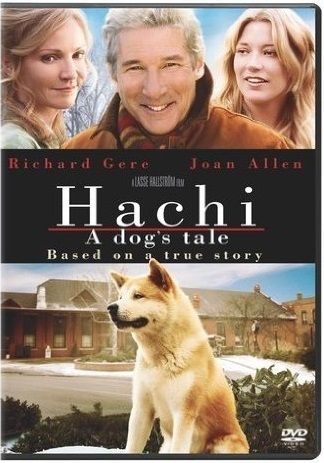
(hachi01.jpg)

(diane02.gif)
Kato, what do you mean by "Eight the Dod"?

(kato3.gif)
It is a dog's name... It literally means the dog called "Eight." If it is translated into Japanese, every Japanese knows the dog.
How could it be possible?
There is a dog statue placed in front of Shibuya Station in Tokyo.
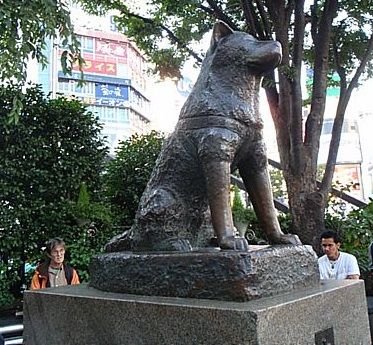
(hachi02.jpg)
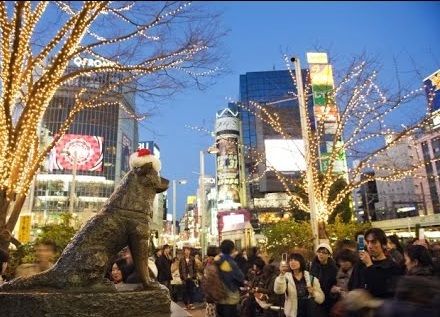
(hachi10.jpg)

So there used to be a real dog called "Hachi" and this statue was made after that dog, wasn't it?

Yes, that's right.
what kind of a dog was it?
Born on November 10, 1923, this dog was called "Hachikō" in Japanese. He died on March 8, 1935. He is remembered for his remarkable loyalty to his owner, for whom he continued to wait for over nine years following his death.
Really?
Oh, yes. During his lifetime, the dog was held up in Japanese culture as an example of loyalty and fidelity. Well after his death, he continues to be remembered in worldwide popular culture, with statues, movies, books, and appearances in various media.
Amazing! I didn't know that.
Eight the Dog
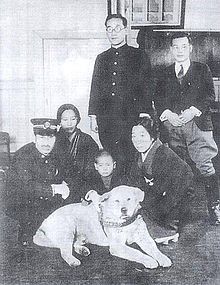
(hachi03.jpg)
In 1924, Hidesaburō Ueno, a professor in the agriculture department at the University of Tokyo, took Hachikō, a golden brown Akita, as a pet.
Ueno would commute daily to work, and Hachikō would leave the house to greet him at the end of each day at the nearby Shibuya Station.
The pair continued the daily routine until May 1925, when Ueno did not return.

(ueno001.jpg)
The professor had suffered a cerebral hemorrhage, while he was giving a lecture, and died without ever returning to the train station in which Hachikō would wait.
Each day, for the next nine years, nine months and fifteen days, Hachikō awaited Ueno's return, appearing precisely when the train was due at the station.
Hachikō attracted the attention of other commuters.
Many of the people who frequented the Shibuya train station had seen Hachikō and Professor Ueno together each day.
Initial reactions from the people, especially from those working at the station, were not necessarily friendly.
However, after the first appearance of the article about him on October 4, 1932 in Asahi Shimbun (one of the national newspapers), people started to bring Hachikō treats and food to nourish him during his wait.
Publication
One of Ueno's students, Hirokichi Saito, who developed expertise on the Akita breed, saw the dog at the station and followed him to the Kobayashi home, the home of Ueno's former gardener, Kuzaboro Kobayashi, where he learned the history of Hachikō's life.
Shortly after the meeting, the former student published a documented census of Akitas in Japan.
His research found only 30 purebred Akitas remaining, including Hachikō from Shibuya Station.
He returned frequently to visit Hachikō, and over the years he published several articles about the dog's remarkable loyalty.
In 1932, one of his articles, published in Asahi Shimbun (literally "Rising Sun Newspaper"), placed the dog in the national spotlight.
Hachikō became a national sensation.
His faithfulness to his master's memory impressed the people of Japan as a spirit of family loyalty to which all should strive to achieve.
Teachers and parents used Hachikō's vigil as an example for children to follow.
A well-known Japanese artist rendered a sculpture of the dog, and throughout the country, a new awareness of the Akita breed grew.
Eventually, Hachikō's legendary faithfulness became a national symbol of loyalty, particularly to the person and institution of Emperors.
Death
Hachikō died on March 8, 1935 at the age of 11 based on his date of birth.
He was found on a street in Shibuya.
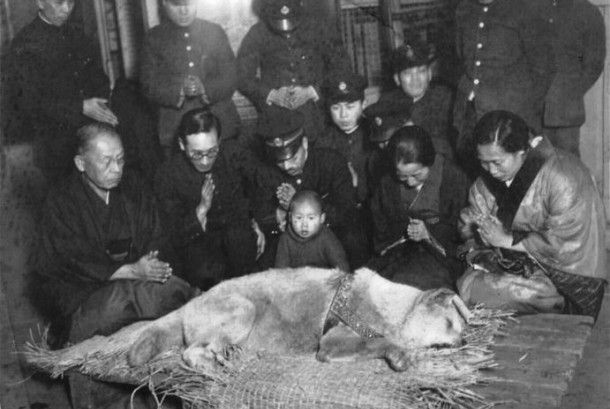
(hachi09.jpg)
In March 2011, scientists finally settled the cause of death of Hachikō: the dog had both terminal cancer and a filaria infection.
There were also four yakitori skewers in Hachikō's stomach, but the skewers did not damage his stomach or cause his death.
Legacy
After his death, Hachikō's remains were cremated and his ashes were buried in Aoyama Cemetery, Minato, Tokyo where they rest beside those of Hachikō's beloved master, Professor Ueno.
Hachikō's fur, which was preserved after his death, was stuffed and mounted and is now on permanent display at the National Science Museum of Japan in Ueno, Tokyo.
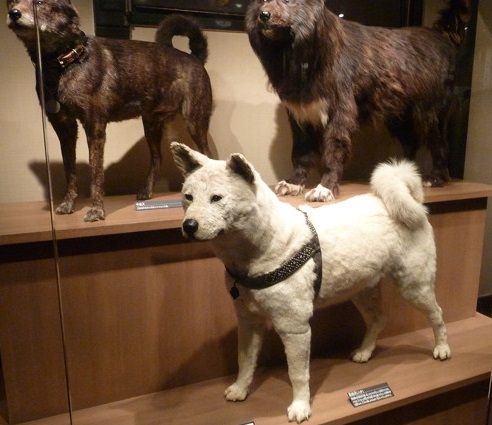
(hachi04.jpg)
Bronze statues
In April 1934, a bronze statue in his likeness was erected at Shibuya Station, and Hachikō himself was present at its unveiling.
The statue was recycled for the war effort during World War II.
In 1948, the Society for Recreating the Hachikō Statue commissioned Takeshi Ando, son of the original artist, to make a second statue.
When the new statue appeared, a dedication ceremony occurred.
The new statue, which was erected in August 1948, still stands and is a popular meeting spot.
The station entrance near this statue is named "Hachikō-guchi", meaning "The Hachikō Entrance/Exit", and is one of Shibuya Station's five exits.
The Japan Times played an April Fools' joke on readers by reporting that the bronze statue was stolen a little before 2:00 AM on April 1, 2007, by "suspected metal thieves".
The false story told a very detailed account of an elaborate theft by men wearing khaki workers' uniforms who secured the area with orange safety cones and obscured the theft with blue vinyl tarps.
The "crime" was allegedly recorded on security cameras.
A similar statue stands in Hachikō's hometown, in front of Ōdate Station.
In 2004, a new statue of Hachikō was erected on the original stone pedestal from Shibuya in front of the Akita Dog Museum in Odate.
After the release of the American movie Hachi: A Dog's Tale (2009) filmed in Woonsocket, Rhode Island, the Japanese Consulate in US helped the Blackstone Valley Tourism Council and the city of Woonsocket to unveil an identical statue of Hachiko at the Woonsocket Depot Square, which was the location of the "Bedridge" train station featured in the movie.
SOURCE: "Hachikō"
From Wikipedia, the free encyclopedia
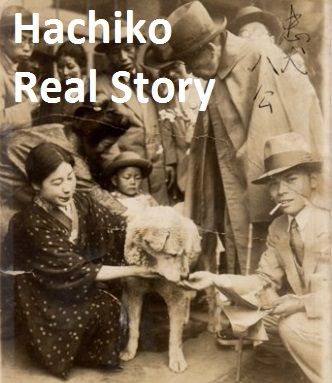
(hachi12.jpg)

I see... So he's become a symbol of loyalty for the Japanese, huh?

You're telling me... Actually, the Japanese still remember Hachiko and love him... As a matter of fact, some people recently placed another statue of both Hachiko and Professor Ueno at the campus of Tokyo University.

(hachi13.jpg)

But, how come you pick up the dog out of the blue.

Well..., I watched the last movie in the following list.


(lib70924a.png+lib70924a2)
■"Actual List"

This is the list of movies I've recently viewed at the Vancouver Public library... Look at the red-rectangled title in the bottom of the list!

I see... So you watched "Hachi" on August 22, huh?
That's right.

(lib70924b.png)
■"Actual Page"

(hachi01.jpg)

After you watched, you jotted down the following comment, huh?
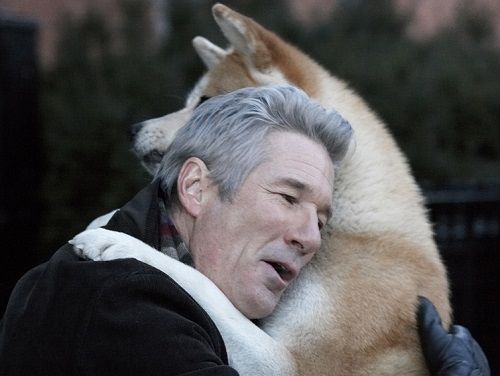
(hachi08.jpg)
Directed by Lasse Hallström in 2009, this 93-minute docudrama delves into a sad yet heartwarming real story of the famous Japanese loyal dog in an American setting.
The subject is a remake of the 1987 Japanese film, Hachikō Monogatari (ハチ公物語), literally "The Tale of Hachiko".
Hachi(November 10, 1923 – March 8, 1935) was an Akita dog born on a farm near the city of Ōdate, Akita Prefecture, Japan.
He is remembered for his remarkable loyalty to his owner, whom he waited for more than nine years after his owner's death.
Hachi is known in Japanese as chūken Hachikō (忠犬ハチ公) "faithful dog Hachikō", hachi meaning "eight" and kō meaning "affection."
During his lifetime, the dog was held up in Japanese culture as an example of loyalty and fidelity.
Well after his death, he continues to be remembered in worldwide popular culture, with statues, movies, books, and appearances in various media.
I've seen its movies so many times and heard its stories so many times, yet still it touches my heart each time I see the movie.

Kato, have you really seen so many movies about the dog?

Oh, yes, actually I watched the Japanese version.
How did you like it?
I love it! ... It seems to me much beter than "Hachi (American version)" simply because it reminds me of my hometown... The most heartbreaking scene is as follows:

(hachi14.jpg)

Wow!... I feel like crying...

Seriously?
Oh, yes... very much so... Did you also watch the American version?
Yes, of course, I did.
Kato, tell me about it.
Here it is.
Hachi
Spoiler Alert!

(hachi06.jpg)
Hachi is a story of love and devotion between a dog and a man.
The story is told by Ronnie, the grandson of the man.
He has to give a presentation about a personal hero.
Ronnie's subject is his grandfather's dog, Hachikō.
Despite his classmates laughing he tells how his grandfather, Professor Parker Wilson, finds a lost puppy sent from Japan at the train station and ends up taking it home with the intention of returning the animal to its owner.
He names the Akita puppy Hachikō, after Ken, a Japanese professor, translates a symbol on his collar as 'Hachi'—Japanese for the number 8—signifying good fortune.
Even though they didn't find his owner and his wife, Cate, doesn't think they should keep him, they do.
Over the next year or so, Parker and Hachi become very close.
Parker tries, but Hachi refuses to do dog-like activities like chase and fetch.
One morning, Parker leaves for work and Hachi follows him to the train station and refuses to leave until Parker walks him home.
Later that afternoon, Hachi walks to the station to wait patiently for Parker to return.
Parker is surprised to find Hachi waiting for him, but it becomes a daily routine.
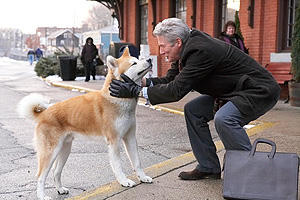
(hachi06.jpg)
One day, Hachi waits patiently as the train arrives, but there is no sign of Parker.
He waits, lying in the snow for hours until Parker's son-in-law Michael comes to get him.
Although everyone tries to tell Hachi that Parker has died (of a cerebral hemorrhage during a lecture in class), Hachi doesn't understand.
Hachi continues to return to the station and wait every day.
As time passes, Cate sells the house and Hachi is sent to live with her daughter Andy, Michael, and their baby Ronnie.
However, Hachi escapes and finds his way back to the station, where he sits at his usual spot.
Andy arrives and takes him home, but after seeing how depressed the dog is she lets him out to return to the station.
Hachi waits every day at the train station and sleeps in the rail yard at night.

(hachi07.jpg)
He is fed daily by the train station workers that knew the professor.
After seeing a newspaper article about Hachi, Ken visits Hachi.
Cate comes back to visit Parker's grave on the tenth anniversary of his death and meets Ken.
She is stunned to see a now elderly Hachi still waiting.
Overcome with grief, Cate sits and waits for the next train with him.
At home, Cate tells the now ten-year-old Ronnie about Hachi.
Meanwhile, the dog continues waiting until his body can wait no longer, and is last seen lying in the snow, alone and still, although he is comforted by a final vision of Parker finally appearing and picking him up to go, presumably to the afterlife.
Ronnie concludes on why Hachi will forever be his hero and his story has clearly moved the class, with some students holding back tears, including those who had laughed at the beginning.
After school, Ronnie, coming off the school bus, is met by his dad and his own puppy, also named Hachi.
Ronnie and Hachi walk down the same tracks where Parker and Hachi had spent so much time together.
SOURCE:"Hachi: A Dog's Tale"
From Wikipedia, the free encyclopedia

It appears quite different from the Japanese version, doesn't it?

Yes, it does... It can't be the same simply because "Hachi" is now an Americanized pooch... Anyway, the movie turns out to be still good in its own right... And Richard Geer loves the movie himself.
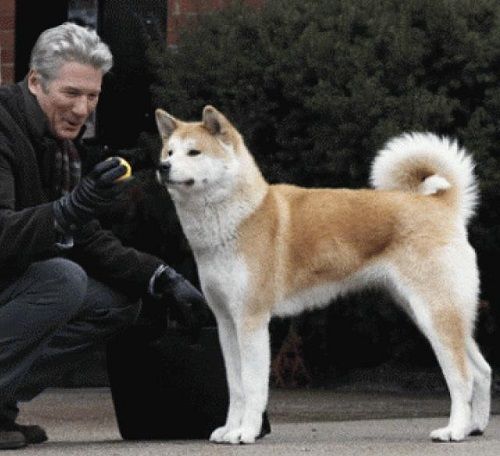
(hachi15.jpg)

Kato, do you think I should watch the film?

Yes, of course, you should because it's free as long as you borrow the DVD from the library.

(laughx.gif)
In any case, there are some people waiting to see this movie. So you should reserve the DVD as soon as possible.
Yes, I'll do it right away.

(dianelin3.jpg)
【Himiko's Monologue】

(himiko22.gif)
Kato has watched 1,737 movies at the Vancouver Public Library so far.
When I take a look at the following movie list, I notice a film called "Marley & Me."

(lib70924a2)
■"Actual List"
It must be another dog story.
I checked the catalogue page.
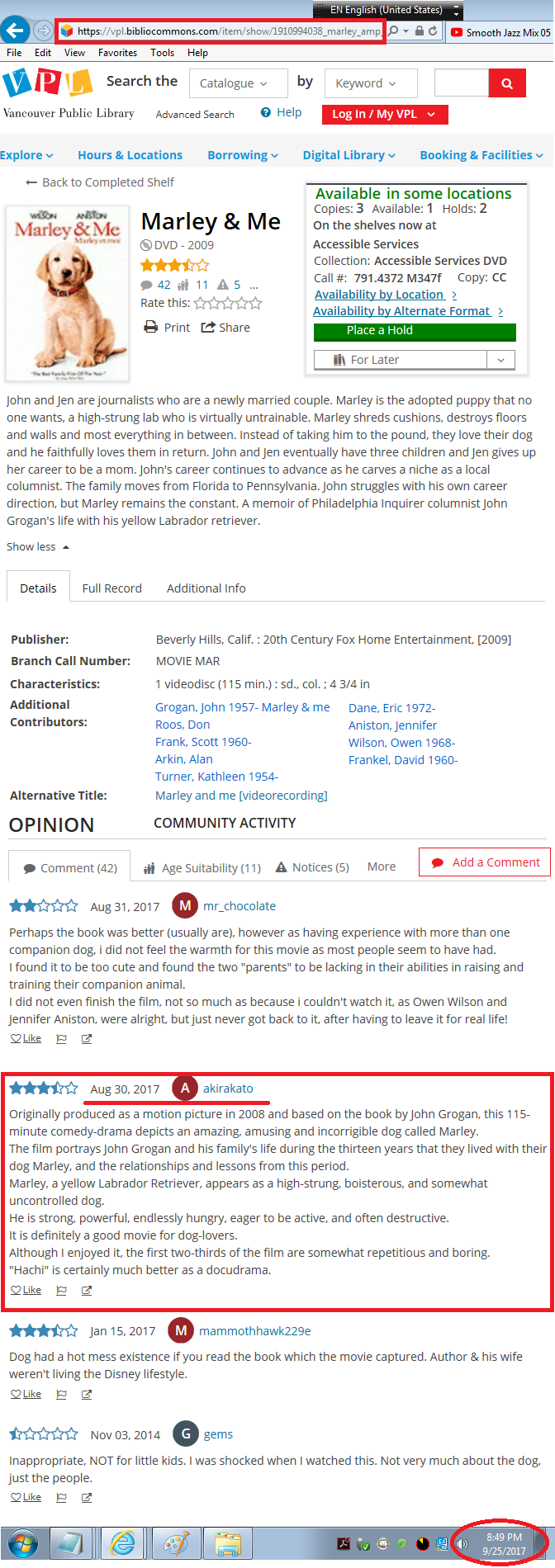
(lib70924c.png)
■"Actual Page"
Kato jotted down the following comment:

(marley01.jpg)
Originally produced as a motion picture in 2008 and based on the book by John Grogan, this 115-minute comedy-drama depicts an amazing, amusing and incorrigible dog called Marley.
The film portrays John Grogan and his family's life during the thirteen years that they lived with their dog Marley, and the relationships and lessons from this period.
Marley, a yellow Labrador Retriever, appears as a high-strung, boisterous, and somewhat uncontrolled dog.
He is strong, powerful, endlessly hungry, eager to be active, and often destructive.

(marley07.jpg)
It is definitely a good movie for dog-lovers.
Although I enjoyed it, the first two-thirds of the film are somewhat repetitious and boring.
"Hachi" is certainly much better as a docudrama.
Kato says, "'Hachi' is much better."
Anyway, I past the trailer here.

(marley02.jpg)
It looks amusing and amazing, doesn't it?
I think I'll borrow the DVD.
How about you?
In any case, I expect Kato will write another interesting article soon.
So please come back to see me.
Have a nice day!
Bye bye ...

(hand.gif)

(renge400.jpg)
If you've got some time,
Please read one of the following articles:

(dianesun.jpg)
■"Glorious Summer"
■"Biker Babe & Granny"
■"Genetically Modified"
■"Tyrannosaur"
■"Love@Magic"
■"Yellow Ball"
■"Welcome Back"
■"Forbidden Love"
■"Merry X'Mas"
■"Heaven with Mochi"
■"Travel Expense Scandal"
■"Love@Redemption"

(cook002.jpg)
■"JAGEL"
■"JAGEL Again"
■"Say NO!"
■Happy Gal in Canada
■Roof of Vancouver
■Aftershock
■Whiplash
■Sex Appeal
■Better Off Without Senate
■Fire Festival
■Sweets@Paris
■Scary Quake
■MH370 Mystery
■Putin's Way
■Trump @ Vancouver
■Otter & Trump

(juneswim.jpg)
■Changeling
■Fiddler on the Roof
■Flesh and Bone
■Maiden's Prayer
■Romeo & Juliet
■Trump @ Joke
■Halloween in Shibuya
■Trump Shock
■Happy New Year!

(biker302.jpg)
■Life or Death
■Way to Millionaire
■Adele Hugo
■Middle Sexes
■Romance@Madison
■Hacksaw Ridge

(surfin2.gif)

(bare02b.gif)
Hi, I'm June Adams.
Kato is a real movie lover, who tries to watch 1001 movies.
As a matter of fact, he has already accomplished his goal.

(lib50909a.png)
■『Actual List』

(june001.gif)
Kato watched "The Arabian Nights" or "One Thousand and One Nights" as his 1001th movie.
You might just as well want to view it.

(1001nite.jpg)
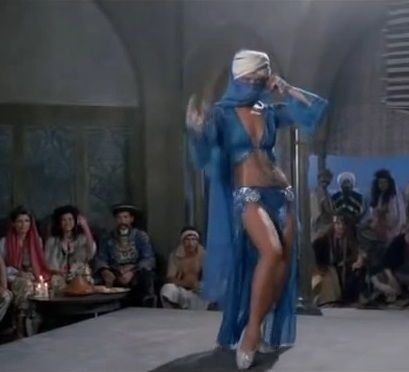
(1001nite10.jpg)

The stories in "the Arabian Nights" were collected over many centuries by various authors, translators, and scholars across West, Central, and South Asia and North Africa.
The tales themselves trace their roots back to ancient and medieval Arabic, Persian, Indian, Egyptian and Mesopotamian folklore and literature.
In particular, many tales were originally folk stories from the Caliphate era, while others, especially the frame story, are most probably drawn from the Pahlavi Persian work Hazār Afsān which in turn relied partly on Indian elements.
What is common throughout all the editions of the Nights is the initial frame story of the ruler Shahryār and his wife Scheherazade and the framing device incorporated throughout the tales themselves.
The stories proceed from this original tale.
Some are framed within other tales, while others begin and end of their own accord.
Some editions contain only a few hundred nights, while others include 1,001 or more.

(bellyan15.gif)

ところで、愛とロマンに満ちた
レンゲさんのお話をまとめて
『レンゲ物語』を作りました。
もし、レンゲさんの記事をまとめて読みたいならば、
次のリンクをクリックしてくださいね。
■『愛とロマンのレンゲ物語』

(renge730.jpg)
■『軽井沢タリアセン夫人 - 小百合物語』
とにかく、今日も一日楽しく愉快に
ネットサーフィンしましょうね。
じゃあね。




(spacer.gif+betty5de.gif)
(hiroy2.png+betty5d.gif)
『スパマー HIRO 中野 悪徳業者』

(bikini901b.jpg)

(dogs17.gif)

(girlxx.gif)











